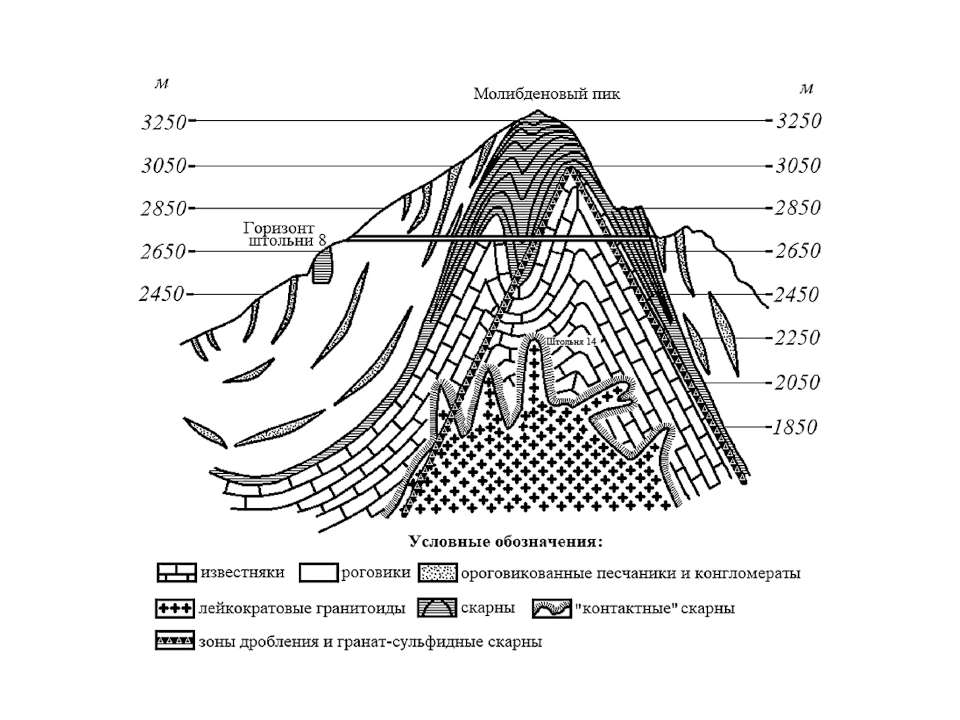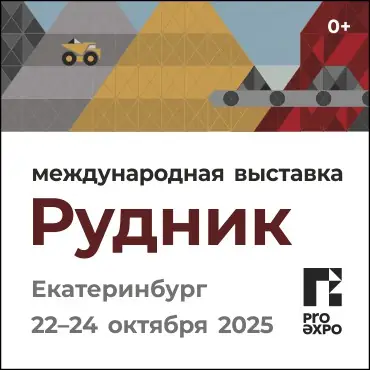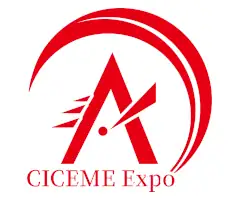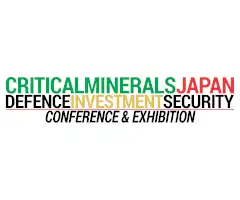Innovative Changes in Educational and Training System using Museum Assets in the Digital Age
A topical task for the secondary and higher schools in the Digital Age is to find innovative methods and approaches in the educational process. The objective of the paper is to present the experience of interaction between the Vernadsky State Geological Museum of the Russian Academy of Sciences and educational specialists, as well as to discuss further ways to actualize this trend in studying natural sciences in the secondary and higher schools. The museum has created all the necessary conditions to work with the young generation in the new environment, the key factors being a well-developed communication environment and technical facilities, as well as sustainable professional relations with the academic and teaching community of higher educational institutions of mining and geological profile. Specific examples of innovative techniques and methods of work are presented that include research and educational projects and programs, on-line video lectures, teleconferences with participation of the leading scientists of the Russian Academy of Sciences, researchers and engineers, work with schoolchildren in the "Club of Young Geologists", participation of its members in a variety of city and national competitions both in real time and on-line. The accumulated experience of using digital technologies in the educational process indicates the prospects of the created developments.











